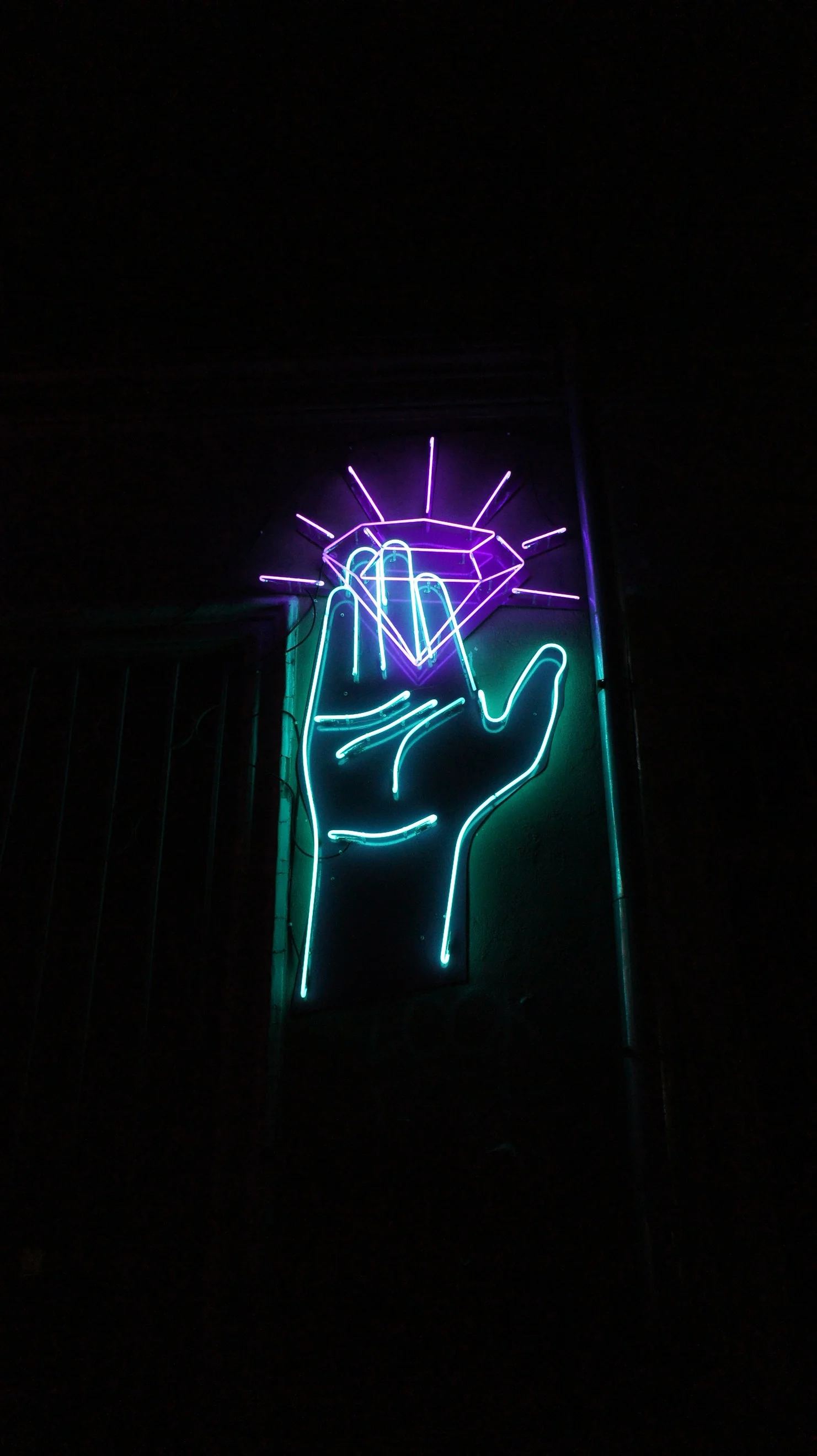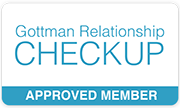Working Productivel – Oh, Look a Text!
/Bob powered through a 14-hour work day without any breaks. Bob multitasked like a champion. Bob only accomplished half of what he intended. Bob is tired. Don’t be like Bob.
Do you ever notice how, by some sinister joke, your 14-hour work effort has produced minimal results? This disheartening end-of-day conclusion has become the status-quo in the modern work space, often demanding Herculean efforts and around-the-clock availability. At the heart of work demands is one constant need – productivity.
Employees often feel pinned between a lack of time and a need to be effective, pressuring them to accomplish tasks in tandem. In fact, human beings tend to pride themselves on their ability to divide their attention. Why focus on a single task, when you can do five at once?
These juggling acts are formally defined as (Alzahabi, Becker, & Hambrick 2017):
Task switching – the performance of two or more tasks in series. This category includes task interruptions and resumptions. You know, like when you’re in the middle of coding and your phone pings…then your e-mail pings….then your slack pings…what were you doing again?
Multitasking – the performance of two or more tasks simultaneously.
What seems like an innocuous sharing of your attention between two or more tasks actually causes 50% more time to be spent on each (Veazie, 2016). Even distractions as short as three seconds long can double the number of errors employees make in their work (Veazie, 2016).
Why does your brain become such a slow poke? One factor is dual task interference. Multitasking requires both tasks being held in your working memory at the same time, and while practice can improve your talent of dividing labor, we are all limited by our brain’s processing capacity (Feuer, 2016). Picture patting your head while rubbing your belly in a circular motion at the same time… while also balancing a spoon on your nose.
Similarly, task switching has its own “switch costs”. Jumping between tasks requires effortful transitions as you enter one and exit another. Every time you lose focus or become distracted, your brain has to take time to re-retrieve this information (Alzhabi, Becker, & Hambrick, 2017). Before you can listen to a book, you first have to find it on Audible!
Once you've decided to switch tasks, you might be thinking you’re ready for some serious focus. Not necessarily. It takes time and effort for your brain to let go of something it was previously working on, and until it does, it will loudly interfere with your efforts in the present (Alzhabi, Becker, & Hambrick, 2017). Like when you stub your toe and then immediately try to have a deep and meaningful conversation with your significant other.
Since both task switching and multitasking lead to slowed responses and higher error rates, here are some things you can do to stay on your A game:
1. Minimize interruptions
I know, I know, you need to be connected at all times, but responding reactively to e-mails and texts create a false sense of productivity. It pulls your attention away from your more important tasks at hand.
I challenge you to try 15-minutes of zero phone notifications, email alerts, instant messaging, or self-interruptions of checking your social media. This means you have to silence your phone, place it face down, and close any e-mail tabs and chat groups. Follow this with an intentional two minute time-block to check in with your digital distractions before jumping into the next distraction-free zone.
DO NOT PANIC: disconnection will feel uncomfortable. With practice, you'll increase your focusing capabilities (Stringer, 2017).
2. Cue your brain
Plan before you start, either in the evening or the morning before you get to work. Think about which tasks are important and what you’ll need to do to accomplish them. Block off your best guess of what these time commitments will be in your calendar.
This exercise primes your neural pathways so that they can retrieve the relevant task data more efficiently when you need it, shortening your mental preparation time (Alzhabi, Becker, & Hambrick, 2017). Reactivity is draining; shift into forethought.
3. Schedule breaks
Your brain needs down time to process and recover, ideally stretching its legs every 45 minutes. This means you should be taking a break of 5 to 10 minutes, at least every hour (Burchard, 2017). An effective break hack is changing postures. Standing up and walking around will also increase blood flow to your brain and boost your brain power.
Bob planned his day. Bob checked his e-mails five times at work. Bob worked 14 hours and took 14 breaks. Bob got a lot done. Did Bob smile? Be like Bob.
Blog by Kayla Noodelman: productivity pro, digital diva, full-time therapist
Edited by Robin Noodelman: computing connoisseur, distraction-inclined dramatist, part-time editor
References
Alzhabi, R., Becker, M. W., & Hambrick, D. Z. (2017). Investigating the relationship between media multitasking and processes invovled in task-switching. Journal Of Experimental psychology: Human Perception And Performance, 43(11), 1872-1894. Doi:10.1037/xhp0000412
Aufschnaiter, S., Kiesel, A., Dreisbach, G., Wenke, D., & Thomaschke, R. (2018). Time-based expectancy in temporally structured task switching. Journal Of Experimental Psychology: Human Perception And Performance, 44(6), 856-870. Doi:10.1037/xhp0000494
Burchard, B. (2017). High performance habits. Hay House.
Feuer, M. (2016). The ‘Survival of the Fittest’ mentality. Smart Business Akron/Canton, 25(8), 51.
Koch, I., Poljac, E., Muller, H., & Kiesel, A. (2018). Cognitive structure, flexibility, and plasticity in human multitasking – An integrative review of dual-task and task-switching research. Psychological Bulletin, 144(6), 557-583. Doi:10.1037/bul0000144
Kushlev, K., & Dunn, E. W. (2015). Checking email less frequently reduces stress. Computers in Human Behavior, 43, 220-228.
Kushlev, K., Proulx, J., & Dunn, E. W. (2016). “Silence Your Phones”: Smartphone Notifications increase Inattention and Hyperactivity Symptoms. CHI ’16 Proceedings of the 2016 CHI Conference on Human Factors in Computing Systems, 1011-1020.
Rana, M. (2015). Positive psychology and its importance at workplace. Indian Journal Of Positive Psychology, 6(2), 203-206.
Stringer, H. (2017, September). Boosting productivity research identifies small changes that lead to big improvements in performance. Retrieved June, 2018, from http://www.apa.org/monitor/2017/09/boosting-productivity.aspx
Veazie, J. I. (2016). The Number One Productivity Killer. Health Care Collector: The Monthly Newsletter For Health Care Collectors, 30(1), 4-6.
Weurm J, (2017, March). (Dis)Connected Psychologists’ research shows how smartphones are affecting our health and well-being, and points the way toward taking back control. Retrieved June, 2018, from http://www.apa.org/monitor/2017/03/cover-disconnected.aspx
Photo via Unsplash











